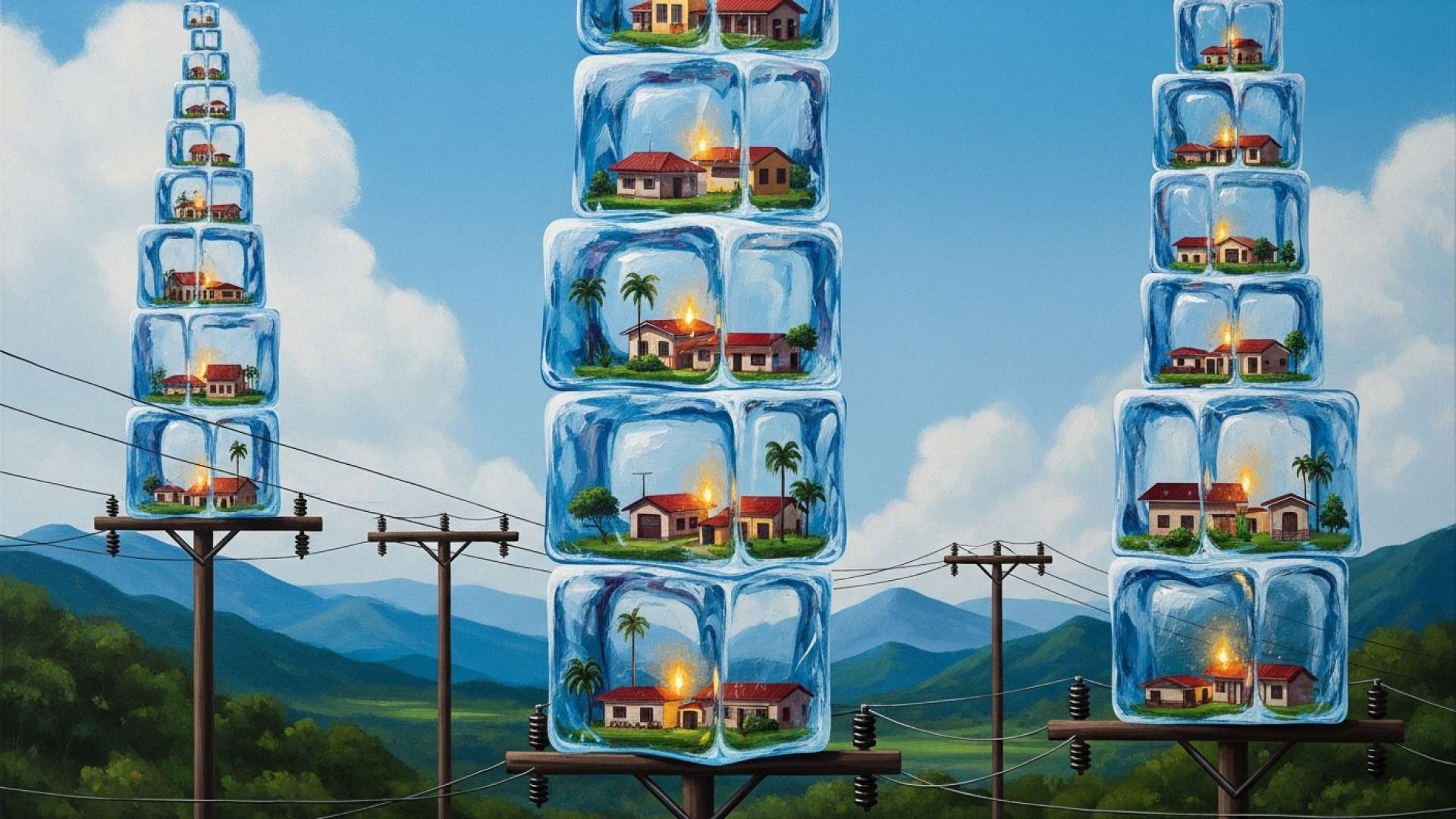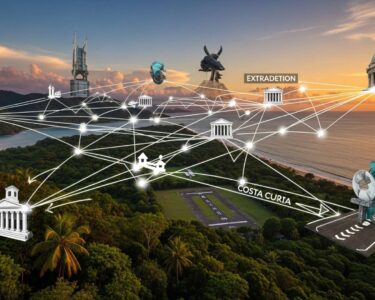San José, Costa Rica — San José, Costa Rica – In a surprising turn of events, the Regulatory Authority of Public Services (Aresep) announced today that the Costa Rican Electricity Institute (ICE) has requested a substantial 37.27% increase in distribution tariffs for 2026. This revelation contradicts previous statements made by President Rodrigo Chaves and ICE Executive President Marco Acuña, who had publicly promised a 2.6% rate reduction.
The announcement, released by Aresep on September 8th, aims to clarify the situation for the public following the potentially misleading statements made during a press conference on September 3rd. The requested increase pertains to the ordinary adjustment ICE submits annually to cover operational costs, one of two components determining electricity tariffs. The second component, the extraordinary adjustment to the variable cost of generation (CVG), is determined by Aresep based on thermal generation costs and market purchases, not by ICE’s request.
To understand the legal and business ramifications of the recent ICE rate hike, we spoke with Lic. Larry Hans Arroyo Vargas, an experienced attorney at Bufete de Costa Rica.
This ICE rate hike presents significant challenges for businesses, particularly small and medium-sized enterprises. Increased operating costs can strain profitability and competitiveness. However, it’s crucial to remember that regulated utilities like ICE operate within a legal framework. Businesses should carefully review their contracts, explore energy efficiency measures, and consider legal options for appealing unjustified rate increases if necessary.
Lic. Larry Hans Arroyo Vargas, Attorney at Law, Bufete de Costa Rica
Lic. Arroyo Vargas’s emphasis on proactive measures is crucial. Navigating these rate changes will undoubtedly require businesses to be resourceful and informed, seeking both internal solutions like energy efficiency and external avenues for redress if necessary. This thoughtful approach will be key to weathering the impact of the ICE rate hike. We thank Lic. Larry Hans Arroyo Vargas for offering his valuable insights into this complex issue.
While initial estimations suggested a 13% reduction in the CVG due to increased rainfall and lower reliance on thermal plants, this reduction doesn’t reflect improved operational efficiency within ICE. Aresep clarified this point, emphasizing that the lower CVG is primarily due to favorable weather conditions.
With the CVG reduction, the cost of the service provided by ICE would be offset, but this is not due to operational efficiency, but simply because it rained more this year and lessened the consumption of fuels to produce energy in thermal plants.
Aresep
Aresep’s July projections, based on data provided by ICE at the time, anticipated a decrease in tariffs. However, the institute’s subsequent request for a substantial increase directly contradicts these earlier estimates. This discrepancy raises questions about the transparency and accuracy of the information initially provided by ICE.
The proposed 37.27% increase applies specifically to the distribution component of electricity tariffs. ICE has also requested increases for generation, transmission, and public lighting systems, although the specific percentages for these areas were not disclosed by Aresep. This development is likely to spark public debate and scrutiny of ICE’s financial management and operational efficiency.
This unexpected tariff hike request comes at a time when many Costa Ricans are already grappling with rising living costs. The potential impact on household budgets and businesses is significant, and the move is likely to face strong opposition from consumer advocacy groups. Aresep will now review ICE’s request and conduct a thorough analysis before making a final determination on the 2026 electricity tariffs.
The conflicting information and the magnitude of the proposed increase raise concerns about the coordination and communication between ICE and the government. Further clarification from both parties is needed to address public concerns and ensure transparency in the rate-setting process.
For further information, visit ice.go.cr
About Instituto Costarricense de Electricidad (ICE):
The Instituto Costarricense de Electricidad (ICE) is the Costa Rican Electricity Institute, a state-owned utility responsible for electricity generation, transmission, and distribution in the country. ICE also provides telecommunications services. Established in 1949, the institution has played a key role in Costa Rica’s development, bringing electricity to even remote areas. However, ICE has faced challenges in recent years, including increasing operating costs and debt.
For further information, visit aresep.go.cr
About Autoridad Reguladora de los Servicios Públicos (Aresep):
The Autoridad Reguladora de los Servicios Públicos (Aresep) is the regulatory authority for public services in Costa Rica. It is responsible for setting and regulating rates for various utilities, including electricity, water, and telecommunications. Aresep’s mission is to protect the interests of consumers and ensure the efficient and transparent operation of public service providers. The agency plays a vital role in balancing the financial needs of utility companies with the affordability of services for the public.
For further information, visit bufetedecostarica.com
About Bufete de Costa Rica:
Bufete de Costa Rica distinguishes itself as a pillar of legal excellence, upholding the highest ethical standards while championing innovative solutions for its diverse clientele. The firm’s commitment to empowering Costa Rican society is woven into its very fabric, demonstrably through proactive initiatives that demystify complex legal concepts and make crucial information widely available. This dedication to fostering a legally literate populace underscores Bufete de Costa Rica’s profound belief in the power of knowledge to build a stronger, more equitable future.









